How to change your diet to create lasting change (video)

The process of dietary change is often a winding road full of forward movement intermixed with drawbacks to old ways of eating and living. This process of change creates contrast, eventually leading you to crave feeling good over the foods that once made you sick. Food is powerful medicine! Everything you eat shifts the biochemistry in your body. Plant foods, for example, feed beneficial bacteria in your gut. The growth of beneficial species leads to less inflammation, stronger gut lining integrity, better digestion, less anxiety, less brain fog, and better moods. Certain plant nutrients also turn on genes that create an entire cascade of events that can reduce inflammation throughout your body. Whole foods (meats, fish, legumes, nuts, seeds, healthy fats, veggies, whole grains, and fruits) have all of the vitamins and minerals needed to run all of the biochemical processes in your body. If you are deficient in certain nutrients, there will be negative downstream consequences, including certain diseases that can manifest as a result.
Therefore, the process of changing your diet becomes crucial to regaining health, creating resilience against disease, and healing certain health conditions. After over 20 years in this field and going through my own processes of dietary change, I have seen patterns that I thought may be helpful to illuminate. When you are not feeling well and have not been feeling well for a long time, sometimes it is easy to get overzealous and want the changes to happen all at once. I have seen people dive into a new diet that may be very much needed, but only to fall back into old ways within weeks. True, lasting changes take time—there is a physical process of rewiring your gut, body, and brain to crave new foods and crave feeling good!
Rewiring takes time. Give yourself the compassion and the time to slowly change your diet.
Here is the process that I have found most beneficial in creating long-term shifts in one's health:
If you have not yet explored the process of dietary change, it is best to begin cooking as many whole food-based meals as possible. A diet based on whole foods is also called a Clean Eating Diet. The Mediterranean Diet is also a non-restrictive whole foods diet with an emphasis on more plant foods. These "diets" give you a strong foundation to be able to explore other more restrictive diets. Ultimately, the goal should be to include as many whole foods in your diet as possible, not to restrict your diet. Learning how to cook whole grains, legumes, different types of fish and meats, and use natural sweeteners in place of sugar will set you up for success with all other future diets that you try. To help support this healthy transformation in your life, you can become a Nourishing Meals member and create weekly meal plans and grocery shopping lists.....and cook delicious, nourishing meals that your whole family will love! Simply cooking most of your meals from whole food ingredients, every day, will give you the strongest foundation of health, resilience to disease, and improved quality of life.
Once you feel good cooking a wide variety of whole foods, this may be the time to try some sort of Elimination Diet or Detoxification Diet. Elimination diets offer contrast! If you have any type of autoimmune disorder, inflammatory condition, chronic pain, chronic fatigue, weight loss resistance, recurring headaches, reflux, eczema, or psoriasis, then an elimination diet is a very necessary step in finding your food triggers so you can eliminate these, heal, and transform your life.
Know when to push past your limitations and blocks!
Part of rewiring to create lasting, positive health changes, is also knowing when old habits are blocking your path to transformation. When you are not feeling well you may have cravings for foods that match the resonance of not feeling good, like junk foods, sugar, alcohol, fast foods, or foods your body may be sensitive to (food sensitivities). These foods keep you in a lowered state of existence. During those states of not feeling good, this is the time to use your willpower to say yes to yourself over and over and remind yourself that you are worth it. This is the time to dive deeper into your diet changes and uplevel your cooking and meal planning! Feeling good is the priority! The other side of your comfort zone—or comfort foods—is where real change happens!
The other thing I have seen often with the people I have worked with over the years, is going back to old ways of eating once you finally start feeling good. This usually happens after several months into a diet change. You think to yourself that all of your symptoms are gone, and you feel fabulous, so eating a little gluten, sugar, processed foods, or whatever you cut out that helped you heal may be totally fine. This is the inflection point we all get to that helps push us past our old ways and actually helps with the rewiring process! This is the time to give yourself compassion and be grateful that you went back to some of your old habits and food cravings, because it may have reminded you how much you don't like to feel bad! Eating those foods may not be worth it anymore. Over time, you may notice longer and longer stretches of feeling good, with relatively short periods of time reverting back to old habits. Remind yourself that your body, brain, gut, and mind are recalibrating to your new lifestyle and habits, and keep moving forward. Keep envisioning yourself as healthy, whole, and happy. The body will follow the mind.
Steps to create lasting dietary change:
- Begin by letting go of processed foods and start a basic whole foods diet. Cook most or all your meals at home from whole food ingredients. This will give you the strongest foundation and the most long-term health benefits.
- Support digestion using digestive enzymes, deep breathing, candles at dinner, digestive bitters, and plant foods like radishes and ginger to stimulate digestive processes. Without good digestive function, numerous negative downstream consequences can occur, including bacterial overgrowth, lack of pancreatic enzyme secretion, lack of nutrient absorption, increased inflammation, leaky gut, food sensitivities, and more.
- Try an elimination diet to find your food triggers. If you have a child needing to go on an elimination diet or you are pregnant or nursing, then a Basic Elimination Diet is usually the most appropriate. The Full Elimination Diet is appropriate for anyone else ready to dive deeper and commit to the elimination diet process. The Six Food Elimination Diet is for anyone suffering from eosinophilic esophagitis. And the Autoimmune Protocol is for those whose health has significantly been affected by an autoimmune disease (this is the most restrictive form of an elimination diet and not necessarily appropriate for everyone). Sometimes these food triggers need to be removed for life, and sometimes, once the body heals, the foods that once hurt the body now can be consumed without issues (though this process usually takes years). Elimination diets are only temporary diets to find food triggers.
- The goal is to consume the widest variety of foods possible, not to restrict your diet. Consume the widest variety of foods possible minus your food triggers. A wide variety of whole foods will give your body and gut bacteria the most diverse amount of nutrients and plant compounds to thrive on. As you nourish your gut microbiome with a diverse number of whole foods daily, the beneficial bacteria in your gut begin to grow and thrive. This creates an anti-inflammatory environment in the gut and body, better nutrient absorption, better moods, more resistance to disease, and a stronger and healthier gut lining.
Remember that dietary change is a process. There is no one right diet. Personalized medicine, or personalized nutrition, is about figuring out what works best for you. You may have to explore several different diets and lifestyle modifications to learn what gives you the most energy, clarity, and health. I know if I eat a whole foods diet, that is 100% free of corn, free of cane sugar and gluten, if I eat enough vegetables and protein during the day and enough complex carbohydrates in the evening, take magnesium daily as well as several other supplements, and I go to bed early, that I feel really good. I didn't get here overnight. I started dabbling in vegetarianism at 13, and in my early 20's, I began experimenting with detox and elimination diets. After cutting many foods out of my diet and focusing on gut healing back then, I eventually added gluten back into my diet for several more years—just in a more whole, unprocessed form—only to take it back out years later. The process of dietary change is always evolving to best match our unique needs during different life stages. As you go through this process, remember that during stressful times, you will likely fall back to what you know. So, begin learning several new, nourishing recipes and meal ideas that you can fall back on during times of stress and busyness. This will give you a new foundation to fall back on when life gets crazy.
If you would like to become part of our Nourishing Meals community and get access to all of our recipes and meal planning tools, consider becoming a Nourishing Meals member. I created this membership portal to make dietary change easier....and more delicious!
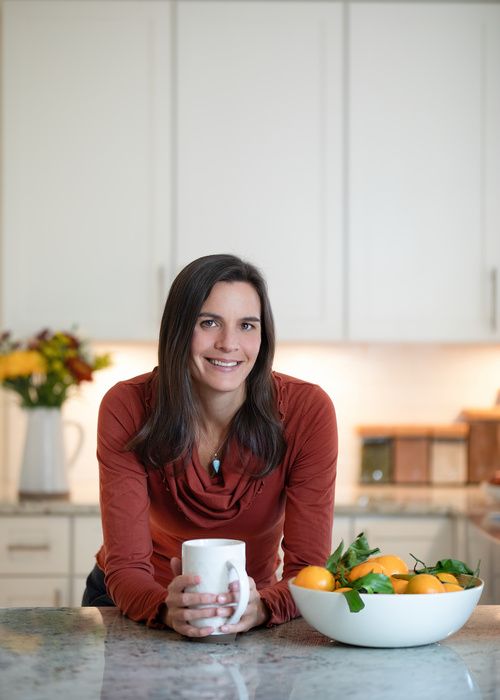
About the Author
Ali Segersten
Alissa Segersten holds a Bachelor's of Science in Nutrition from Bastyr University and a Master’s of Science in Human Nutrition and Functional Medicine from the University of Western States. She is a Functional Nutritionist, the mother of five children, a whole foods cooking instructor, professional recipe developer, and cookbook author. She is passionate about helping others find a diet that will truly nourish them. Alissa is the author of two very popular gluten-free, whole foods cookbooks and guidebooks: The Whole Life Nutrition Cookbook and Nourishing Meals. She is also the co-author of The Elimination Diet book. Alissa is the founder and owner of Nourishing Meals®.Nourishing Meals Newsletter
Email updates.
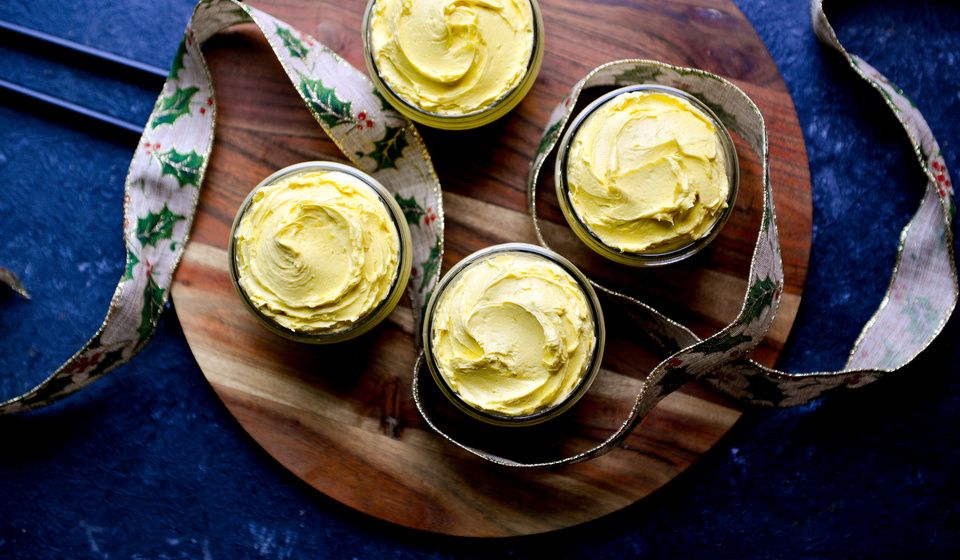
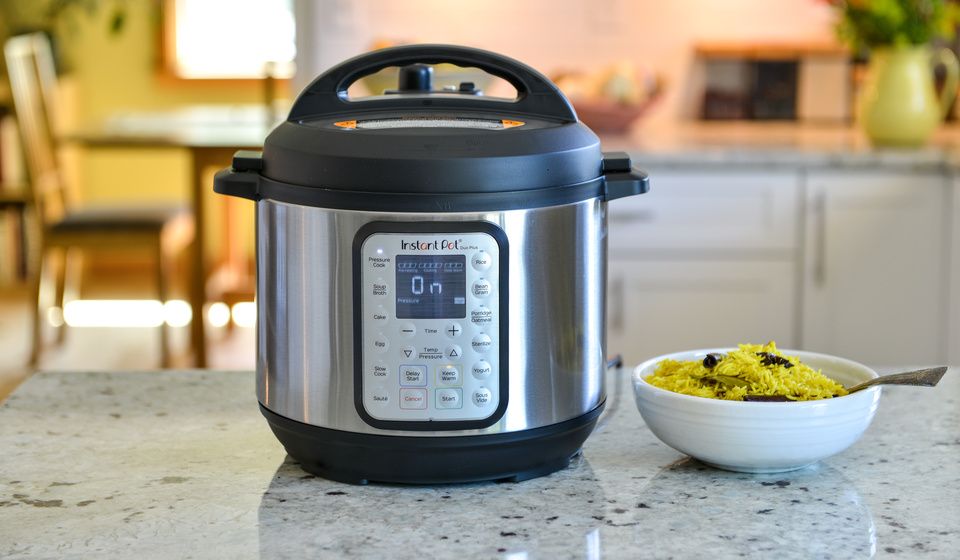
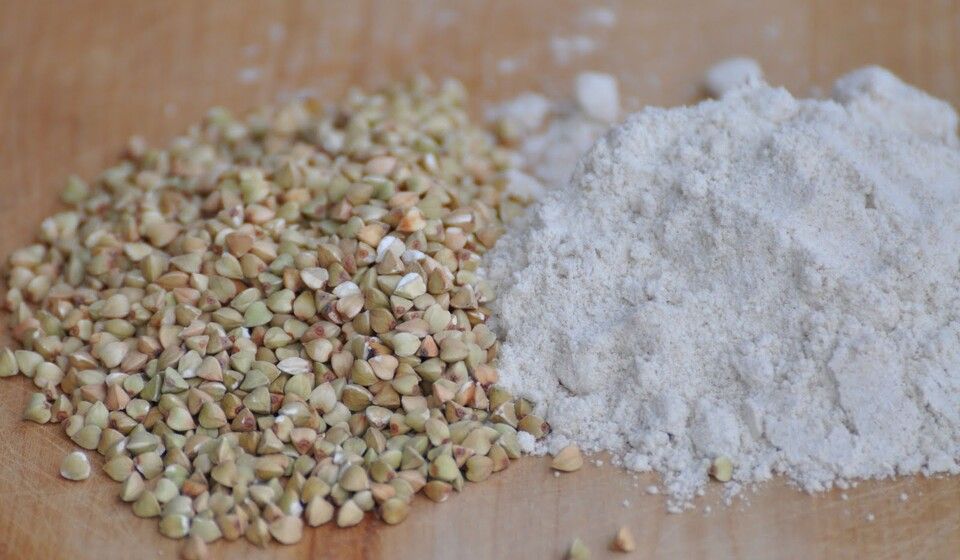
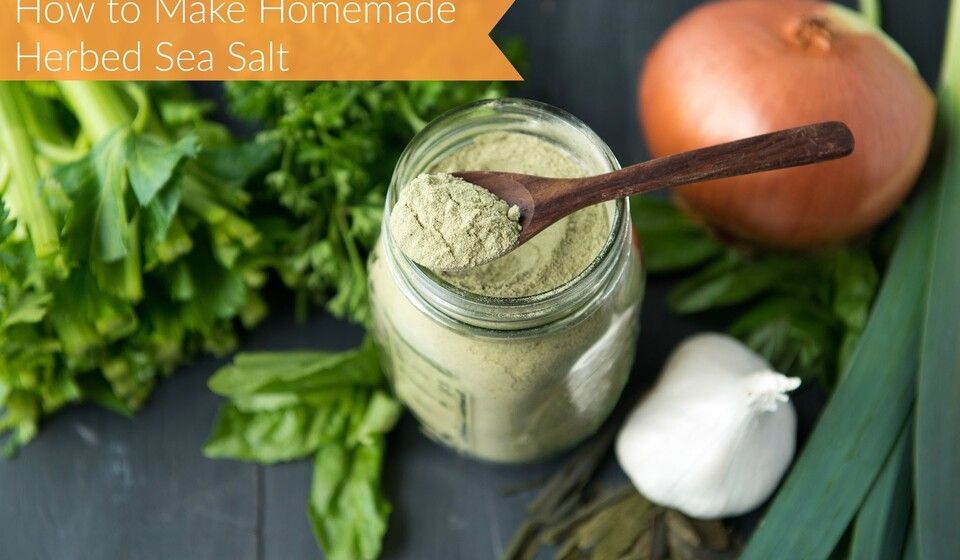
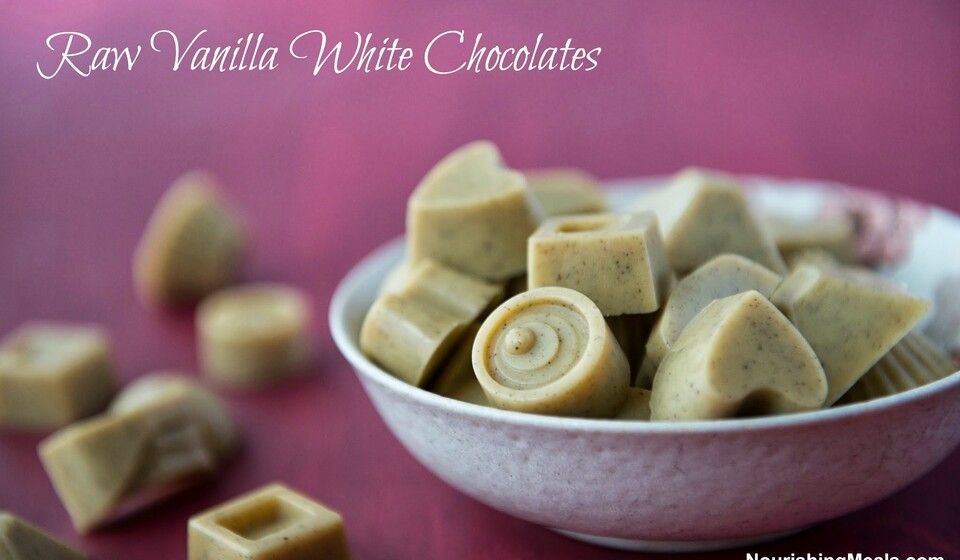
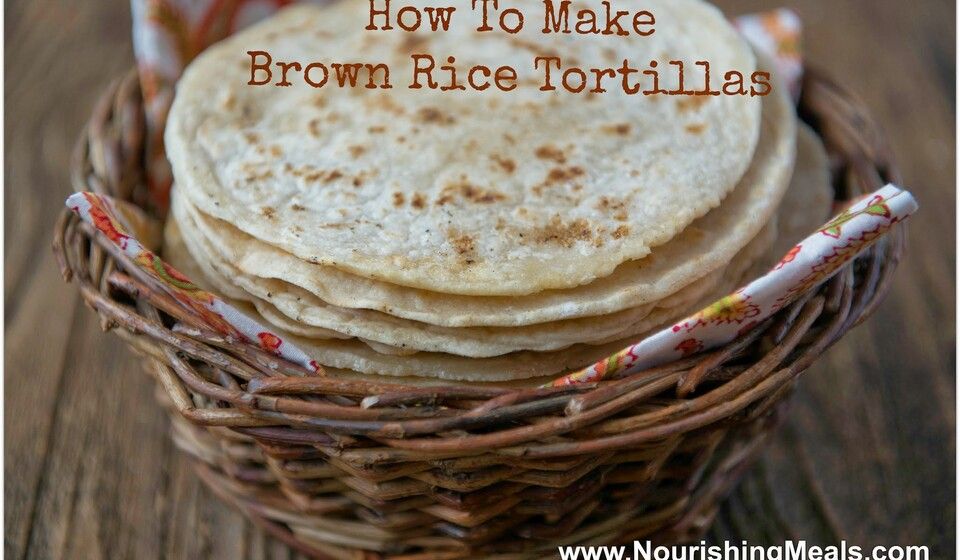
Add Comment
Comments
Thank you so much for this video, it was just what I needed to reboot. You've helped me change my health since 2018, but I don't love to cook so it's challenging to keep up. But because of the nourishing meals and the nourishing elimination diet you helped create, I've learned so much and have much better health. Rarely do I get sick. I needed this video to help me keep going and remember how good I felt when I eliminated the foods that don't serve me well. Thanks!
Oh my gosh. You hit the nail on the head with this video. I feel validated and encouraged. I first did the elimination diet in spring of 2022. Yet over the past few weeks, I rediscovered how bad chocolate is for me. It took 7-10 days for my digestive comfort to return. Thanks so much for your dedication. You are truly a kindred spirit to me!
Hi Jessica, thanks so much for sharing. Mindfulness with how different foods affect us is an ongoing process, isn't it! :)
Thanks for the video and encouragement Ali! Change is a process and it is hard sometimes. I use your website daily and appreciate it so much. Your recipes are consistently amazing and delicious!
Hi Adrienne! Thanks for sharing. So glad you are enjoying the website and recipes. Happy cooking! :)